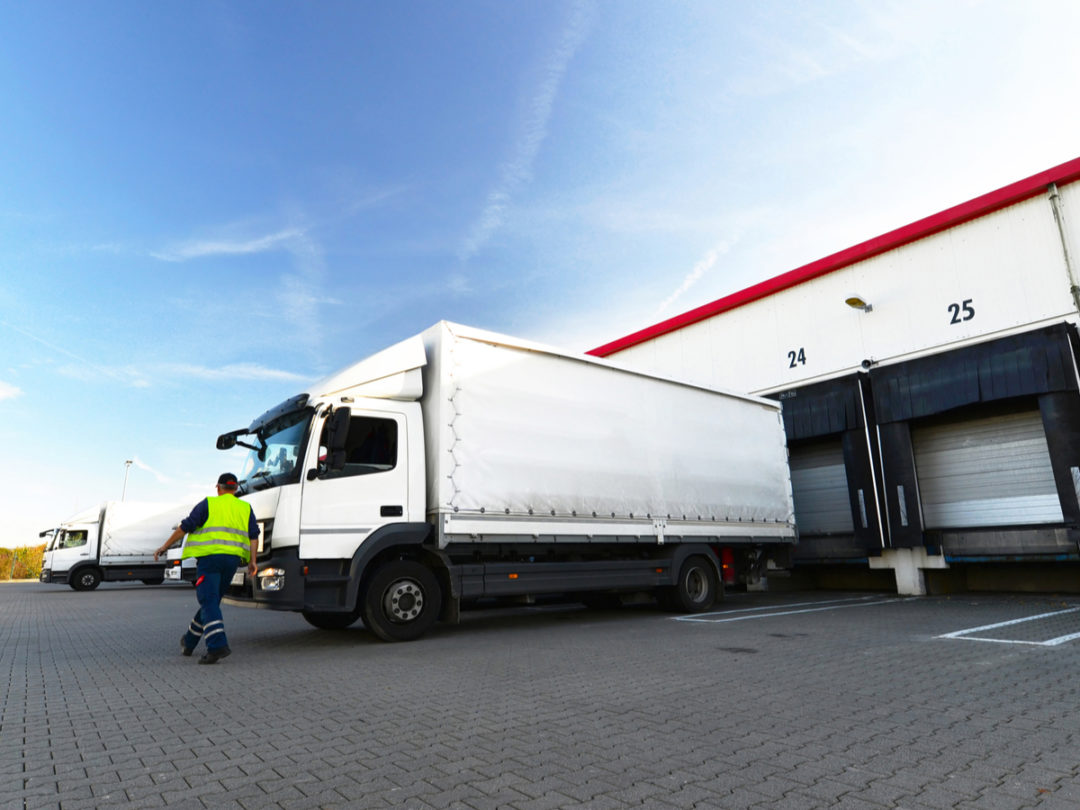
Ready to go bigger in your truckload brokerage this year? It might be time to think smaller.
“Smaller” in this case means booking less-than-truckload (LTL) shipments. LTL shipping demand is on the rise, driven in part by huge e-commerce increases among consumers during the COVID-19 pandemic. LTL rates have risen by nearly 10% in 2021, and carriers are scrambling to add drivers to keep up with demand.
For brokers that focus on full truckload (TL) delivery, increased LTL activity is a major growth opportunity. Adding LTL to your services lets you go after all your customers’ freight, expanding your book of business with existing clients and allowing you to bring new ones into the mix. While on a shipment-by-shipment basis, TL makes more than LTL, efficient LTL operations justify expanding into this space and can deliver significant gains for logistics service providers that execute effectively.
That’s where automation comes in. A transportation management system (TMS) is the backbone of the modern brokerage, especially as your business branches out into new areas. Automating LTL services with the support of a TMS can help your business to:
- Boost revenue without needing to add more workers,
- Optimize offerings and services across all modes, including LTL and truckload, and
- Provide more responsive service to customers, including self-service options.
With a dynamic, connected platform, brokers can turn a handful of pallets into steady, loyal customers. Following are tips on building an LTL offering that works for customers as well as the business.
Empower customers with self-service. Providing customers with self-service options from start to finish is among the biggest yet most overlooked keys to making LTL work. Since these are lower-volume, lower-margin orders, customer calls for quotes or execution will quickly overwhelm your operations team. A better idea is adding an online customer portal, where shippers can quote, ship or track LTL orders themselves.
Streamline execution. Once the customer selects an LTL carrier, executing shipments should be automatic, without your team having to pick up the phone. A TMS keeps LTL orders moving with no manual intervention required, and cutting-edge software allows customers to print shipping documentation themselves, while the system tenders loads, tracks and obtains proof of delivery, processes freight payments, and calculates customer invoices. This end-to-end process means your team can focus on shipping exceptions that truly require their attention.
Empower your shippers and boost customer satisfaction by offering tools to manage their own LTL freight through white-labeling the portal that integrates directly into your TMS. This will free up your customers' teams to focus on more important tasks.
Optimize TL and LTL together. If you’re already providing full truckload services to customers, a TMS can help you optimize your offerings across the board. Customers can access TL and LTL services through a single portal, making it easier for them to expand their business with you.
When customers are ready to ship, an effective TMS should go beyond centralizing carrier data to find the ideal rates and schedules for every shipment. Pool distribution planning combines truckload and LTL orders to determine the most effective multimodal combination of lanes and rates. A TMS with continuous optimization that updates bookings automatically if better options come in means more responsive service for customers, with less effort required from your employees.
Choose technology that grows with you and your customers. If LTL services are part of your growth strategy, your brokerage needs a TMS that can scale with you over time. To become a broker of choice, look for a platform that makes business simpler and more efficient for you and your customers. Key features to consider include:
- Advanced customer portals. The more you can empower your customers to handle themselves, the more easily your own business can scale. Look for tools that take care of the complexities for shippers, encouraging them to keep coming back again and again.
- RESTful APIs. Application programming interfaces for quoting, order management, consolidating, tendering, execution and tracking make it easier for your advanced customers to integrate with your brokerage. Choosing a TMS that connects with your other business tools, like enterprise resource planning (ERP), warehouse management system (WMS) and business intelligence can also help streamline operations and reporting.
- Strong network of LTL carriers. Connecting your shipping ecosystem to multiple LTL carrier options allows you to price shop more effectively and save money in the long term. Using a technology with pre-configured carrier integrations is a huge advantage, but the technology should also easily integrate with any carriers that are unique to your business. Additionally, the solution should support different rating options, such as direct tariff rating, for flexibility and visibility upfront.
- Customizations. A configurable platform lets your team adapt workflows around your brokerage needs without having to call your technology provider for every little change. Consider a platform you can adjust by customer to serve a wide range of shippers, including the ability to customize rates and route guides, calculate invoices by gain-share, or change freight auditing levels.
Introducing LTL in your brokerage is a major step toward becoming a full-service partner for your customers. The right TMS sets the stage for successful growth, allowing you to expand into a variety of offerings based on customer needs — all without having to upgrade or install new software.
JP Wiggins is co-founder and vice president of logistics for 3G, a provider of cloud-based transportation management system software.







